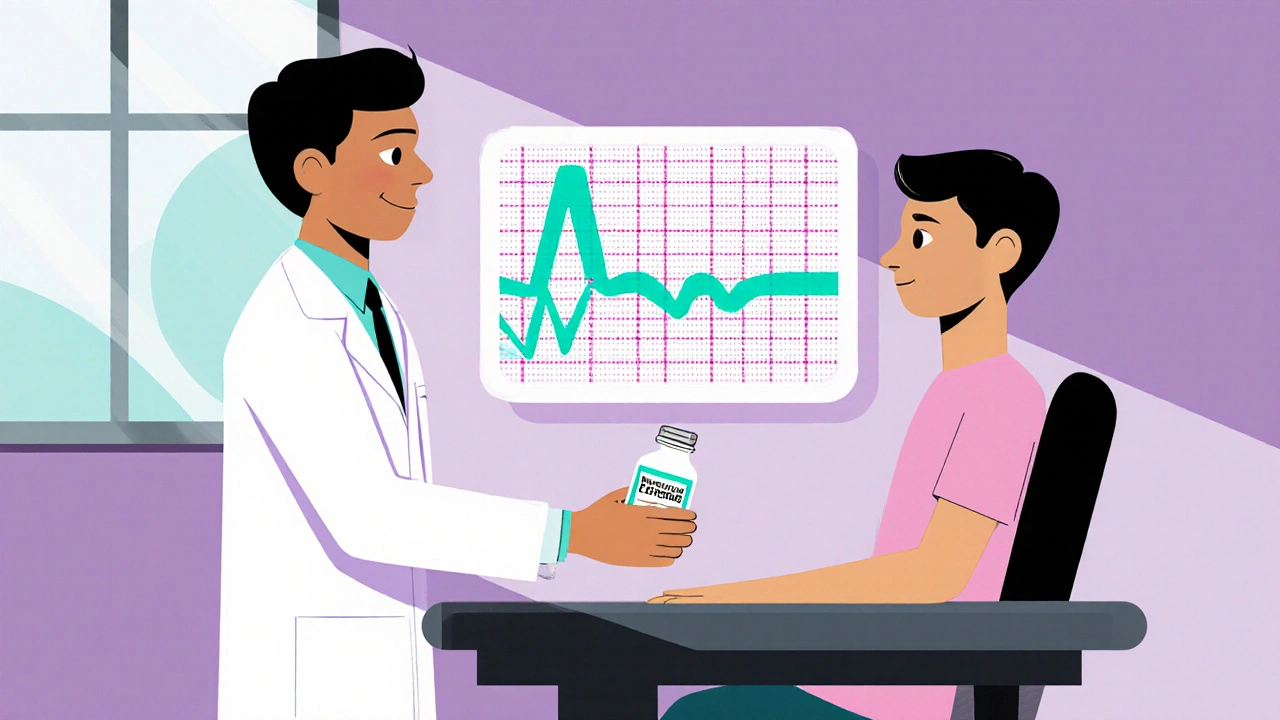Methadone and QT-Prolonging Drugs: How Combined Use Raises Arrhythmia Risk
Explore how methadone combined with QT‑prolonging drugs raises arrhythmia risk, with mechanisms, dosing tips, monitoring steps, and management strategies.
Continue ReadingWhen someone struggles with opioid addiction, stopping cold turkey isn’t just hard—it can be dangerous. That’s where opioid maintenance therapy, a medically supervised treatment that uses approved medications to reduce cravings and withdrawal without the highs of street drugs. Also known as medication-assisted treatment, it’s one of the most effective ways to help people regain control of their lives. This isn’t about swapping one drug for another. It’s about stabilizing brain chemistry so people can focus on recovery, work, and relationships instead of chasing the next dose.
Two main drugs are used in this therapy: methadone, a long-acting opioid that prevents withdrawal and blocks other opioids from having an effect, and buprenorphine, a partial opioid agonist that reduces cravings with a lower risk of overdose. Both are taken daily under supervision, often at clinics or through certified doctors. Unlike heroin or fentanyl, these medications don’t cause intense euphoria when used as directed. They simply take the edge off—the physical pull that makes quitting feel impossible.
People often wonder if this is just delaying the real work. But recovery isn’t about abstinence alone—it’s about rebuilding. Opioid maintenance therapy gives people the breathing room to find therapy, fix jobs, reconnect with family, and heal mentally. Studies show people on these treatments are far more likely to stay in care, avoid overdose, and stay off illegal opioids than those who try to quit without medication.
It’s not for everyone, and it’s not a quick fix. But for thousands, it’s the difference between life and death. If you or someone you know is stuck in the cycle of opioid use, this approach offers a real path forward—not perfect, but proven.
Below, you’ll find real-world guides on related medications, side effects, and how these treatments fit into broader health care. Whether you’re considering this for yourself, a loved one, or just trying to understand the facts, these articles cut through the noise and give you what you need to know.

Explore how methadone combined with QT‑prolonging drugs raises arrhythmia risk, with mechanisms, dosing tips, monitoring steps, and management strategies.
Continue Reading